Launch
6pm Thu 7 July
Running
8 July—25 August
Launch
6pm Thu 7 July
Running
8 July—25 August
The Printworks
Dublin Castle,
Dame St, Dublin 2
Opening hours
Monday to Sunday 10am-5pm






The exhibition Images Are All We Have incorporates works by artists selected for this year’s RADAR — PhotoIreland’s Research and Development Artist Residency drawing from all Photography degrees of Ireland, from Diploma to MA, showcases photographic projects by five recent graduates. The 2022 recipients were selected by Inspirational Arts and PhotoIreland from nominations by eleven Photography programmes across the island. They are:
RADAR is aimed at providing adequate national and international opportunities for artists in order to engage with the broad arts context and consolidate their practice. It is an ambitious evolution of the Inspirational Arts Photography Award first established in 2009, now expanding its remit to provide critical opportunities with the support of PhotoIreland.
The residency provides 5 graduates with advice, guidance, and professional support, as well as a range of resources and materials to ensure substantial progress in the artists’ practice and career development: a research space in Dublin at The Library Project, with access to the PhotoIreland Collection of photobooks and scanning facilities, and includes a week-long production residency at Cow House Studios, Wexford. In addition, participants will benefit from a selection of opportunities presented by PhotoIreland’s Creative Europe networks as well as key events in the Photography calendar, in Ireland and abroad. They will be able to visit public and private events, thus gaining direct insight and experience from the artform’s arena.
Get to know these artists and their graduate projects by reading the details below, before you visit PhotoIreland Festival this summer.
Ayesha Ahmad (b. 2000) is a visual artist who studied a BA in Photography at IADT, Dublin. Ahmad was the youngest artist in the FEAR Exhibition in August 2016. She was also featured as one of the five Irish, female photographers to follow in IMAGE Magazine and one of ten up and coming contemporary photographers in Ireland, in an article by The Culture Trip. Ahmad’s work also featured in the A/W 16 issue of V&A Magazine.
Ayesha Ahmad has collaborated on campaigns for multiple brands including but not limited to the Abbey Theatre, Huawei, Boohoo, Swatch, Eddie Rockets, MiaLovesJay, River Island, Mr.Jenks, HappySocks.
In September 2017, Ahmad delivered a pre-show discussion for TeenDream as part of Young Radicals at Dublin Fringe Festival, with Aidan Kelly about photography.
Ahmad curated her first solo photography exhibition titled, ‘Epoch’, in collaboration with the Dublin Fringe Festival, in 2018. This was exhibited in Filmbase in Temple Bar from 8-23 September 2018.
In February 2019, she delivered a talk and workshop at the National Gallery of Ireland’s Creative Careers Event alongside photographer Hazel Coonagh.
In 2020 Ahmad’s photographic series ‘Ashlawn Lady’ was part of a commission for RTE’s Illumination Project. Ahmad spoke on a panel discussion hosted by Mike Trow – former Photo Editor British Vogue, as part of the Belfast Photo Festival 2020, alongside fellow speakers Linda Brownlee and Megan Doherty.
Ahmad was one of the Apollo Project’s Young Curator’s involved in the curation of the Boring Art? Exhibition in the National Gallery, October 2021- January 2022.
More recently, Ayesha Ahmad was the youngest of 13 Irish artists in the SATURATION Exhibition, a group photography exhibition curated by Dawn Williams and William Laffan in the Crawford Gallery, Cork. January 2022- June 2022.
Water surrounds us, it is within us; it heals us and breathes life into us. ‘Blue Hour’ is a meditative visual journey of water and the memories it holds. Composed of a series of three photographic prints accompanied by a plaster sculpture of the artist’s hand, containing collected rainwater in the palm. This work explores the connection between water, memory and the human body. The water which we embody is the very water that returns to the sea to begin the cycle once again. A visual metaphor of the cycles of life itself. It is an everlasting journey, creating and holding memories along the way. Blue Hour portrays this ongoing act of remembering.
Daniel Breen (b. 1996) is a visual artist from Tipperary, Ireland. Primarily concerned with the still image, Breen’s subject matter tends to be metaphysical in nature; namely his personal relationship to time and space, mind and matter. Using personal experience as a ground, Breen hopes that the work stems from a point of honesty; in the hope that the personal can be transmuted into the universal. Breen’s project “One Hundred Seconds to Midnight” was published by PhotoIreland as part of their TLP Editions initiative in 2021 and was included as part of PhotoIreland Festival in 2022 On the Irish Photobook.
His work utilises analogue and digital processes simultaneously to create imagery that speaks to the history of photographic processes as well as the contemporary state of the medium. Breen is particularly interested in the fractured narrative nature of photography and its ability to capture the human condition. In some sense the complex nature of the medium and its ontology runs parallel to philosophical questions surrounding humanity.
Skeuomorphism is a term most often used in graphical user interface design to describe interface objects that mimic their real-world counterparts in how they appear and/or how the user can interact with them. The modern world is dominated by cameras and screens. This marriage of technologies comes together to create a reproduction and translation of the physical world within the digital space. This reproduction of the physical world within the digital landscape is itself a skeuomorph and offers up new photographic potentialities. What does it mean to be human in a digital space? ‘Skeumorphs’ is an exploration of the phenomena Google Street View, more specifically exploring the portraits of individuals found in Google Street View and the blurring of individuals faces and the subsequent creation of unease that comes with focusing on these anonymous portraits as somewhat abstract photographic images. By utilising digital software that mimics analogue image manipulation techniques, these appropriated digital portraits attempt to bridge the past and present of portraiture in photography.
Gareth Byrne is a lens-based artist from Dublin, Ireland. He holds a First Class Honours, Masters Degree in Multimedia from Dublin City University where he specialised in Photography & Filmmaking. Since then he’s pursued the photographic & film-making world collaborating to create non-narrative & sonic films. He’s been a keen advocate and collaborator in the Irish Dance & Theatre scene and has since collaborated to create work that has been selected at both Irish & International Film Festivals such as Fastnet Film Festival & Leeds International Film Festival, Screendance Category. In 2021, Gareth established a strong visual/sonic collaboration with sound designer, composer & musician Kevin Gleeson creating the experimental 16mm film ‘Silence’. He has recently undertaken the University Certificate in Photography at NCAD where he’s had the opportunity his artistic interests further with guidance from photographers Robert Ellis & David Monahan. His graduate project entitled ‘It Could Be You’ uses macro 35mm photography to repurpose imagery in both print lottery & gambling advertisements to contrast common tropes of the dream with humdrum modern life. His core interests include analogue film-making both still and moving image, procedural experimentation & serendipity, youth subculture & mass-market consumer culture.
It Could Be You is an ongoing, experimental image-making project that explores both Irish-British modern life and pop culture relating to a frenzied desire to be rich, immediately, enormously, and forever. The project is a visual exploration of how our modern capitalist ideals leave working people captive in a time economy that sees leisure as a threat to prosperity, leaving individuals to dream about inheritances, jackpots, and winning at the races. The project aims to examine these ideas through fly on the wall documentary photography and combines and contrasts reconstructed images from a variety of lottery and gambling advertisements using 35mm macro photography. The project has been displayed in a zine format.
Ryan Allen is a visual artist born and based in Belfast, Northern Ireland. Known for his suggestive and atmospheric imagery. He gains inspiration from the human psyche and philosophy. Much of his work responds to the unnoticed characteristics produced by past experiences. After recently graduating from one year of international studies at Moholy-Nagy University of Art and Design, situated in Budapest, Hungary. Ryan will finish his Bachelors at Arts at Belfast School of Art and will graduate in July. He will achieve a degree in Photography with Video, and have his final year exhibition in June. Ryan was awarded a place on the Faculty of Arts, Humanities and Social Sciences executive Dean’s List for the year 2018-19.
“My mother had multiple sclerosis from before I was born. I never knew any different, other than knowing her as a sick person and my father as her carer. fathom is a visual diary, exploring my fear of transience in response to witnessing the body’s vulnerability. The slow deterioration caused by the illness produced an acute awareness in me of how fragile we are: it’s like I’m waiting for the past to repeat itself. I began thinking about the strain of the demands on family carers. My father had to be both parents to my brother and me, with an unquantifiable impact on our experience of growing up into men. I gradually pieced together intuitive imagery that began to materialise this sense of loss and a malaise about the body. By recollecting family experiences through the camera, I contemplate the mystery of my lost relationship with my mother. I remember the beauty and fear in the undervalued work of caring that my father carried out with strength and devotion”.